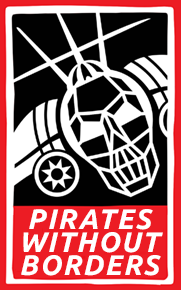
News Link • Arizona's Top News
People are only just realizing the London Bridge isn't in London
• https://www.dailymail.co, By NOA HALFFThe bizarre relocation of the iconic bridge to Lake Havasu City, Arizona, dates back more than half a century to 1968 when eccentric millionaire Robert McCulloch bought it for an eye-watering $2.46 million - equivalent to around $19 million today.
It is now one of the most famous landmarks in the state. In 2018 alone, it drew a staggering 3.8 million visitors in 2018, beaten only by the Grand Canyon.
The London bridge built in 1831 was put up for sale in 1967 because it was too narrow to cope with increasingly wide modern cars, buses and trucks.
It had also been sinking by around one inch every four years. Its concrete replacement, which still stands today, opened in 1973.
The idea to sell the landmark to an American came from former journalist Ivan Luckin, who was then serving on the body responsible for London's bridges.
There was also precedent for such a venture.
Newspaper magnate William Randolph Hearst had bought several old European buildings and shipped them to his huge estate in the San Simeon, California.
Luckin had a sales brochure printed and then went to find a buyer.
In stepped chainsaw tycoon McCulloch, who was part-way through building a new city next to Lake Havasu and looking to transform his newly-acquired patch of Arizona desert into a booming tourist destination.
He decided that the 140-year-old London Bridge would be the perfect showpiece structure to get people and traffic to the island that he had created by redirecting the Colorado River.
In 1968, the businessman paid around $2.4 million for the bridge's stones, which weighed more than 30,000 tons.
Also purchased were the bridge's original ornate lampposts, which had been made from melted-down cannons captured after Britain's victory over Napoleon at the Battle of Waterloo.
It took nearly three years to dismantle and re-erect the bridge.
Each stone that was shipped had to be numbered so that it could be accurately re-constructed once in the US.


































